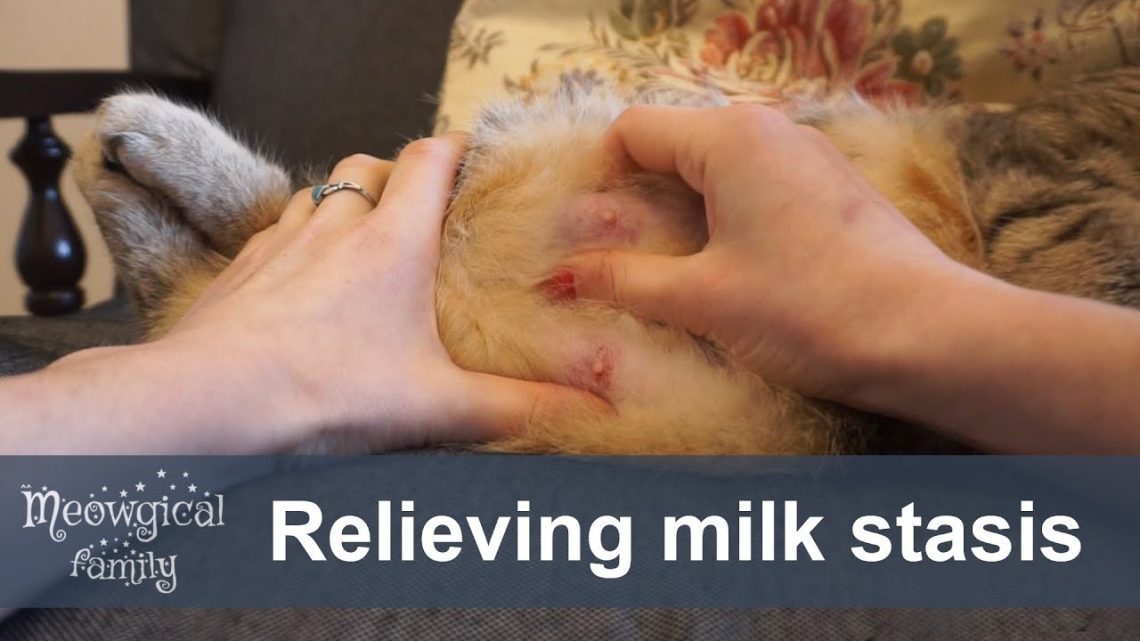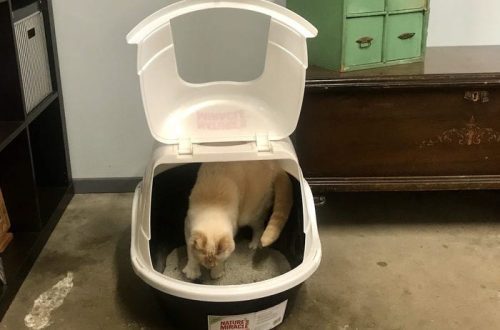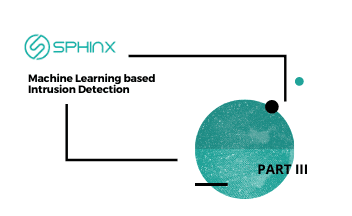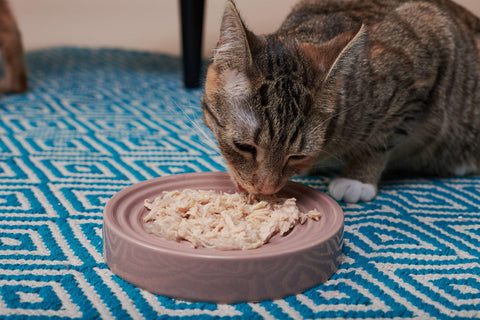
How to recognize and treat mastitis in a cat | Hill’s
Inflammation of the mammary glands is an unpleasant and very common situation among fluffy beauties. But if you know the enemy by sight, you can get out of the battle with mastitis with minimal losses.
Causes of mastitis
- Weak immunity
At risk are cats with chronic pathologies, diseases of the genitourinary tract and nutrient deficiencies. With a weakened immune system, any hypothermia or contamination in the area of uXNUMXbuXNUMXbthe mammary glands can lead to mastitis.
- Sterilization
Mastitis in a sterilized cat is also possible, and can be caused by a stressful situation for the body, for example: if the ovaries after sterilization retain their function and produce hormones, but fertilization of the female is impossible. Inflammation can also begin in the postoperative period if the postoperative suture is not treated or the cat is allowed to touch it.
- Pregnancy and childbirth
During pregnancy, the hormonal background of a cat changes – and this does not always happen without disturbance. In addition to hormonal imbalance, mastitis can occur in a pregnant cat due to premature lactation. When there are no kittens yet, and the milk is already there, it stagnates and causes inflammation.
Mastitis after childbirth also occurs due to stagnation of milk. This happens in the case of small offspring or increased lactation.
- Feeding
Sharp teeth and claws of babies can injure the mammary glands. Mastitis in a nursing cat is doubly dangerous, because the health of offspring is also at risk. Due to severe pain, a young mother may even abandon kittens.
- Early weaning of kittens
Weaning offspring from the mother before the end of lactation is fraught with stagnation of milk. To prevent mastitis after the kittens have been given away, a breast pump can be used.
- Infection
In some cases, mastitis is not just inflammation, but an infectious disease. It is caused by Escherichia coli, staphylococci, streptococci and enterococci.
Symptoms of mastitis
They are extremely diverse and depend on the severity of the disease. A cat owner should be alert for any of these symptoms:
The mammary glands of a pregnant cat begin to grow earlier than the tummy.
The cat does not want to feed the kittens.
Kittens do not gain enough weight (the norm is at least 10% per day of birth weight).
Viscous milk is excreted with an admixture of blood or pus.
The mammary glands swell, abscesses appear.
The nipples and the skin around are covered with cracks.
The cat refuses food.
There is vomiting.
The body temperature rises.
Spotting mastitis at an early stage is not easy: many cats (especially pregnant and lactating) do not allow touching the stomach. The thick coat that hides the nipples also interferes. From childhood, teach a cat to examine the mammary glands – this will help to avoid complications in the future.
Treatment of mastitis
You notice unpleasant symptoms and suspect mastitis in a cat. What to do? Urgently visit a veterinary clinic. An accurate diagnosis can only be made by a doctor – with the help of cytology, a blood test and a chest x-ray.
Comprehensive treatment of mastitis may include the following methods:
- Surgery
It is necessary only in the most severe cases – for example, with gangrenous mastitis. Surgery can remove the necrotic tissue and save the cat’s life.
- Antibacterial therapy
It is carried out with broad-spectrum antibiotics for 2-3 weeks. If the disease is diagnosed at an early stage, treatment can be carried out at home – but in some cases, injections will be required.
- Restoration of gland function
The veterinarian relieves the cat of the infected milk, and then gives recommendations for further feeding of the kittens. In severe cases of mastitis, it is forbidden to feed kittens with cat’s milk, but in other cases, kittens suck milk, which helps to restore the function of the mammary glands.
- Additional procedures
They are prescribed by a veterinarian depending on the condition of the cat. For example, in dehydration, intravenous fluid therapy is indicated to correct electrolyte imbalances.
- Recovery
After the main course of treatment, the cat needs special care for a long time: monitoring the condition of the mammary glands, a balanced diet, massage, compresses and lots and lots of affection.
Take care of your pets – and do not forget about preventive examinations!





